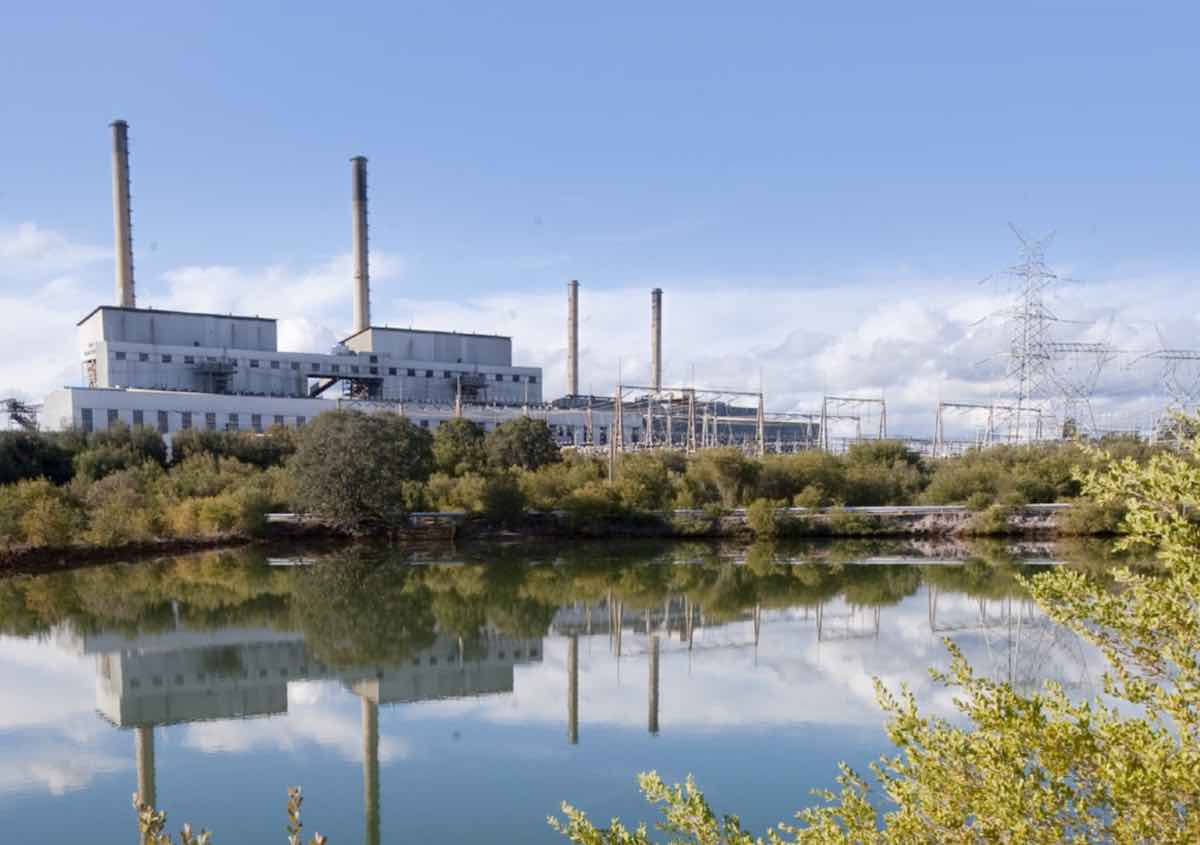Utility giant writes off coal assets as it transitions to renewables and storage – Renew Economy
By Giles Parkinson
Copyright reneweconomy

Synergy, the government owned utility that dominates the energy market in Western Australia’s main grid, has announced a massive loss of $778.5 million for the last financial year after writing off the entire value of its last coal fired power stations.
The company says impairment costs of $521.8 million include the write down of the book value of its coal fired power stations to nil, including $501.5 million which is associated with the expected cost of decommission the assets.
Its operating results also reflected a heavy loss – $176 million – blamed on soaring fuel costs (coal and gas), and the company still relies heavily on subsidies from the state government, which the company says in its newly released annual report are “needed to ensure Synergy’s financial viability.”
Synergy has three remaining coal units which will all close in the next four years – the 240 MW Collie A in 2027 and the Muja 7 and 8 (both 227 MW) in late 2029 – as part of a commitment announced by the state government in 2022.
The utility’s coal units have been progressively shut down over the past decade, starting in 2015 with the closure of the Kwinana coal fired generation.
The facility at Kwinana is still being demolished – its chimney stacks, for instance, are being dismantled piece by piece using a bespoke platform because the surrounding infrastructure – gas generators and two new big batteries – make it impossible for controlled explosions.
Other units to close have been Muja A and B in 2018, units C5 in 2022 and C6 in April this year.
In their place Synergy has been focused on battery storage and renewables, building three big batteries of its own, starting construction of a new wind farm at Kings Rock (its first new wholly owned wind farm in 15 years), and an expansion of the Warradarge wind farm via its partly owned Bright venture.
Synergy says it plans to source more bulk energy through power purchase agreements with other parties, and there is a growing list of big wind and solar projects lining up to begin construction and competing in the federal government’s Capacity Investment Scheme tender seeking 1,600 MW of new capacity.
The batteries include one of the country’s biggest, the 500 MW and 2,000 MWh Collie battery near its soon to be shuttered coal generators, which should be operating later this year. It has already completed two batteries, 100 MW, 200 MWh KBESS1 and 200 MW and 900 MWh KBESS2 at its Kwinana site.
“Coal currently plays a critical role for baseload supply, but with an ageing fleet and growing renewables driving down average prices and increasing intra-day volatility, the role of coal is reduced,” the company writes.
It says that as coal is retired and use of renewables increase, the market will require investment for reliability and it is investing in batteries and other technologies to improve flexibility and capacity.
Because of the closure of some of its coal units, Synergy’s annual electricity generation has fallen from more than 8 terawatt hours in 2015 to just over 5 TWh now. In the meantime, rooftop solar production has leaped from 390 GWh to nearly 2 TWh.
Because of that growth in rooftop solar, and the emergence of other renewable projects, Synergy’s share of total generation in the state’s main grid is now less than 30 per cent, down from 44 per cent a decade ago.
“Much has changed since I began my energy career as an engineering cadet at Muja Power Station three decades ago,” CEO Baker writes in the annual report. “Technologies have advanced, markets have evolved, and the pace of change has accelerated.”
Want the latest clean energy news delivered straight to your inbox? Join more than 26,000 others and subscribe to our free daily newsletter.



